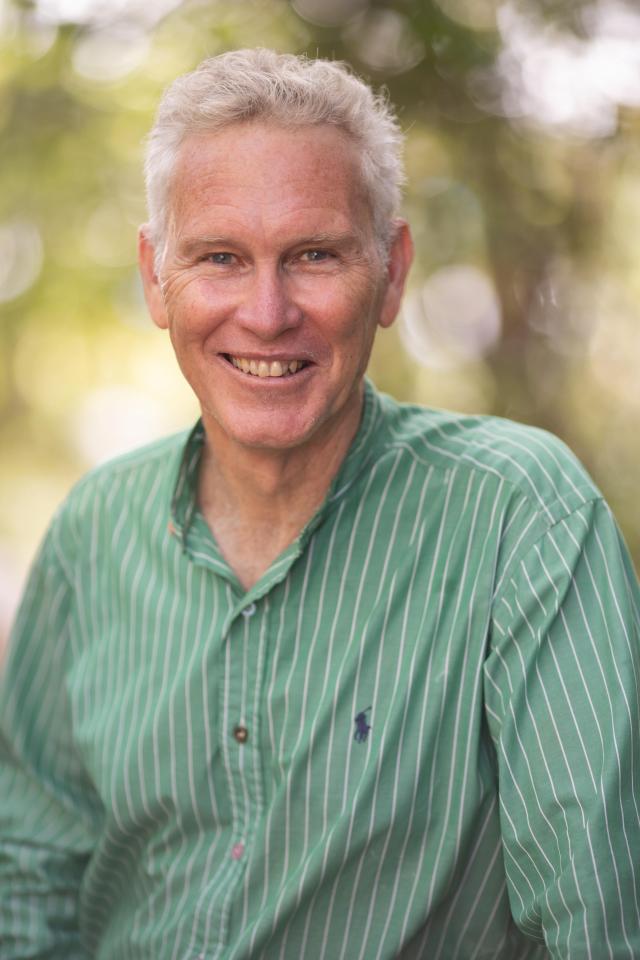Hello all, and welcome to the thousands of new residents who have moved here over the past few years.
I asked a small group of teenagers at Sunrise Beach last weekend what they enjoyed about Noosa. They replied they liked how the dunes had not been cleared and that there “were trees and birds”.
Fortunately, we live in a community where many of us feel the collective responsibility to help ensure it stays that way for these young people and their children. This inter-generational legacy of community-driven environmental protection dating back to the early 1950s is supported by a town plan that delivers low-rise, responsible development and seeks to preserve our natural assets.
There’s also been a deliberate effort to avoid so-called “big city, urban symbols”, such as high rise (Noosa has a four-storey maximum), traffic lights (we have roundabouts instead at intersections), parking meters and the visual pollution of road-side commercial signage.
Noosa is also the only shire that has banned election signs on its road reserves and, thanks to an agreement with the Department of Transport and Main Roads, State-owned roads.
In recent years, the planning scheme was changed and Queensland’s first local law brought in to minimize the spread and impacts of Short-Term Accommodation on our residential neighbourhoods. More amendments are on the way to help with this.
Thanks to strategic purchases of land using the Environment Levy, there’s a continual net increase in land being protected for conservation in Noosa Shire. Over 42 per cent of Noosa is now protected for conservation, compared to a state average of just over eight per cent. We’re on track for a target of 50 per cent by 2030.
Noosa Council has recently partnered with the State Government, Noosa Parks Association and HQ Plantations to convert 2400 hectares of former plantation and state forest in the Yurol-Ringtail area into National Park. To give some perspective, the iconic Noosa Heads National Park near Main Beach, is 240 hectares.
Thanks to decades of balancing urban development with respect for natural assets, Noosa Shire was in 2007 declared the first UNESCO Biosphere Reserve in Queensland. This region is now the only place in Australia with three continuous, adjacent biospheres.
Other firsts include becoming the first local government in Queensland to declare a climate emergency – being prepared for, and to recover from, climate-related natural disasters is core business. There’s also an ambitious Net Zero target by 2026.
And because a large part of the Noosa River Catchment has been preserved as National Park, the Noosa River is one of the healthiest river systems in SEQ with a unique everglades system. However, urban development impacts have put pressure on the lower reaches. Noosa is one of 60 communities around Australia restoring its once-prolific oyster reefs to help improve water quality and provide habitat for a diversity of marine life.
Thanks to a collaborative relationship with the State, Marine Services Queensland is moving to address safety issues and the unlimited anchoring and mooring on the river.
Noosa is also one of three World Surfing Reserves in Australia (and only 12 in the world). This has made our community enormously popular to the point of overcrowding at peak times.
Actions on how we may protect Noosa’s identity as a community first, with its role as a prime visitor destination, will be presented to you in public consultation on the Destination Management Plan in the next month or so. The DMP is another first, in that it prioritises the needs of the community and our natural assets in determining the future of tourism here.
Hoping you will have your say on how we can improve on the things we love and minimising the pressures that diminish them.







